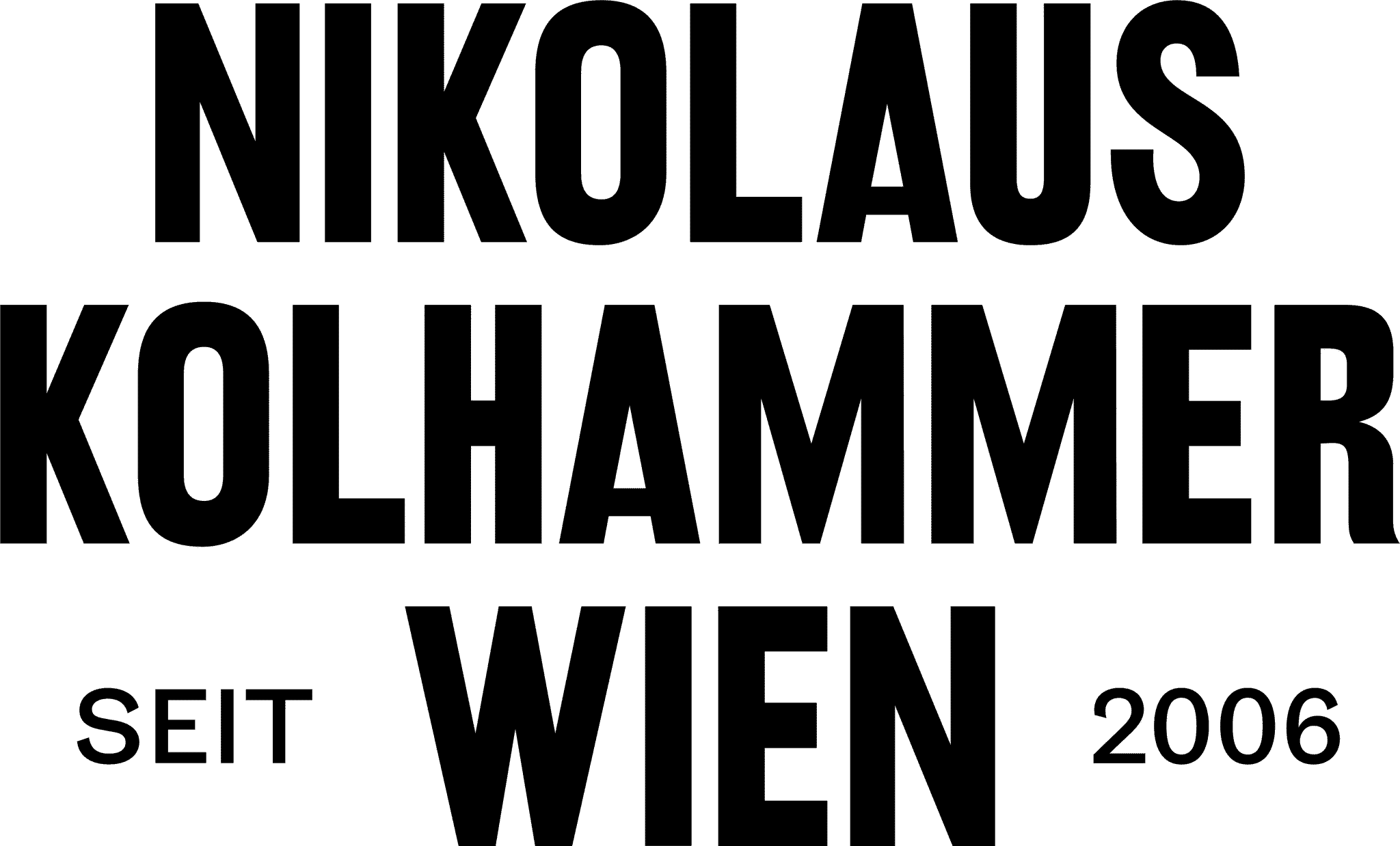Josef Hoffmann and the Geometric Art Nouveau, part 1
Otto Wagner, Gustav Klimt, Koloman Moser and, of course, Josef Hoffmann were decisive for a new style that was to establish itself in Vienna. While Hoffmann and Moser founded the Wiener Werkstätte in 1903, a transformation and recreation in the style of art was generally in the offing. Hoffmann and other artists and architects were […]
Josef Hoffmann and the Vienna Secession
Josef Franz Maria Hoffmann was a highly sought-after Austrian architect and designer. Together with Koloman Moser, he was a co-founder and one of the main representatives of the Vienna Secession and later the Wiener Werkstätte. He studied at the Academy of Fine Arts in Vienna under Karl von Hasenauer and Otto Wagner. In Wagner’s office […]
Loetz Vases after 1900
After the great success of the Paris World Exhibition of 1900, the Loetz company experienced a great economic boom. Naturally, glassblowers created new and extraordinary vases, which followed the decor of the world exhibition. One of these vases, made between 1900 and 1902, also belonging to the “Phenomen Genre”, is known by its name pattern […]
Loetz: 1900 Paris Exposition (Part 2)
The hard work of Spaun and all his collaborators ended in great success. Critics and the press praised his glass vases to the highest degree. The Grand Prix of the World Exhibition was a prize that had previously only been awarded to greats such as Gallé or Tiffany. Hofstötter and Prochaska were also honored for […]
Loetz: 1900 Paris Exposition (Part 1)
After Max Ritter von Spaun, grandson of Susanne Gerstner, took over the company in 1879, the firm achieved considerable economic success, but the artistic and international reputation it sought failed to materialize. The company’s own designs were too one-sided, and there was a lack of artistic influence from outside. But all of this was to […]
Werkstatte Hagenauer’s Wooden Figurines
Already in the 1930s, wooden art objects were produced at the Werkstatte Hagenauer in Vienna. But it was especially the 50s in which wooden figures became more and more popular. After the Second World War ended, the situation at the Werkstatte Hagenauer returned to normal. Brass parts and objects were no longer recycled for armor […]
Franz Hagenauer: Head Sculptures and Figures
In 1971, as part of the retrospective, the MAK (Museum of Applied Arts) presented works from the interwar period, the origin of which can be attributed to Franz Hagenauer. These busts and life-size figures had already gained popularity since the 1920s, which were sometimes used as window-shopping decorations. Compared to industrially manufactured mannequins made of […]
Franz Hagenauer: Head Sculptures and Figures
In 1931 Franz Hagenauer’s name as a metal sculptor first appeared in the ,,Lehmann’s Allgemeiner Wohnungs-Anzeige”. He was located in Bernardgasse number 7. in the seventh district as a metal sculptor. As mentioned in a previous blogpost (Franz Hagenauer and the dream of the sculpture – kolhammer.com), it was his big dream to become a […]
On the Pulse of Time: Karl and the Werkstatte Hagenauer (Part 2)
Compared to other materials, brass was easy to clean and, above all, had a much lower purchase price. The Werkstatte Hagenauer achieved a much broader clientele through a great many brass products. In comparison, the Wiener Werkstatte came under increasing criticism, especially after the First World War. The philosophy of the Wiener Werkstatte, its exclusivity, […]
On the pulse of time: Karl and the Werkstatte Hagenauer (Part 1)
The 1920s were a time of economic boom, and this was also reflected in the Werkstatte Hagenauer. Bowls, cans, and various utilitarian objects such as inkwells, writing sets, candlesticks, table and floor lamps, or mirrors were produced in large numbers. In these years, Karl Hagenauer orientated himself towards ornamental and formal styles. Here he followed […]










